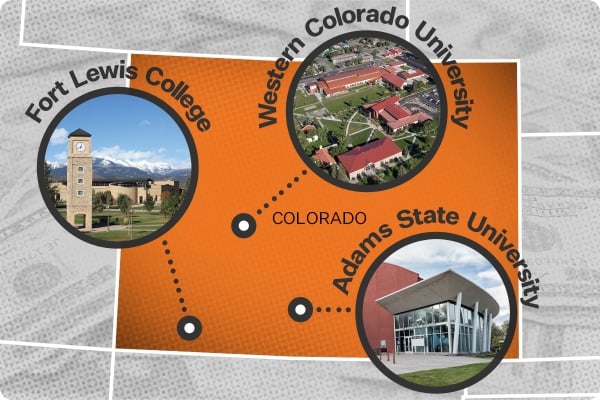Rural regional colleges face unique funding challenges that are not typically experienced by urban or larger institutions. These challenges stem from a variety of factors, including limited resources, sparse populations, and a lack of industry partnerships. As a result, these colleges often struggle to secure the financial support needed to provide quality education to their students. In this article, we will explore some of the distinctive funding challenges facing rural regional colleges and discuss potential solutions to address them.
One of the most significant funding challenges for rural regional colleges is the limited resources available to them. These colleges often have smaller endowments and less access to private donors than their urban counterparts. Additionally, state funding for higher education may be lower in rural areas, leaving colleges with fewer resources to support their programs and services.
Another challenge faced by rural regional colleges is the sparse population in their surrounding areas. With fewer potential students to draw from, these colleges may struggle to meet enrollment targets and generate tuition revenue. This can create a financial strain on the institution and limit their ability to invest in new programs and facilities.
Furthermore, rural regional colleges may lack strong partnerships with local industries and businesses, which can limit their ability to secure funding through grants, donations, or sponsorships. Without these partnerships, colleges may miss out on valuable opportunities to collaborate with employers and provide students with real-world learning experiences.
To address these funding challenges, rural regional colleges can take a proactive approach to diversifying their revenue streams. This may involve expanding their fundraising efforts, seeking out partnerships with local businesses, and exploring opportunities for grant funding. Colleges can also work to improve their recruitment and retention strategies to attract more students and increase tuition revenue.
Additionally, colleges can explore alternative funding models, such as public-private partnerships or online education programs, to generate additional revenue. By thinking creatively and strategically about their funding sources, rural regional colleges can build a more sustainable financial foundation for the future.
In conclusion, rural regional colleges face distinctive funding challenges that require innovative solutions. By expanding their fundraising efforts, building partnerships with local industries, and exploring alternative revenue sources, these colleges can overcome financial barriers and continue to provide high-quality education to their students. With the right strategies in place, rural regional colleges can thrive and succeed in today’s competitive higher education landscape.



